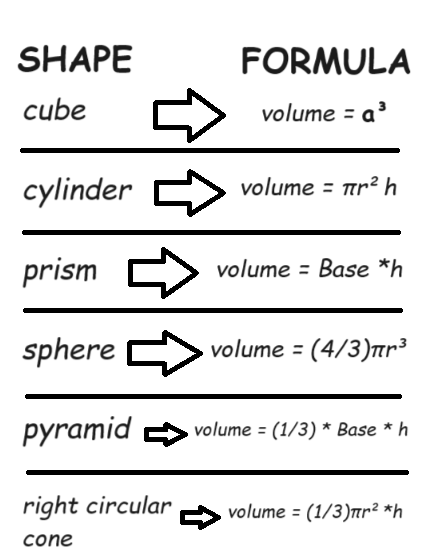
From our definitions we know:

This circular cone is sitting perpendicular at a right angle. It really needs to mark and denote that as a fact, but let's assume for this question.
Thus our formula is
volume = (1/3)πr²*h
The radius of this is half of the given circumference of the base circle. So (18/2) is equal to 9
But what about height??
You can get the height of a right angle circular cone using
h² = l² - r²
In the example, we will have l set to 14yd and r set to 9yd
Let us find the square root of h
I LOST TRACK HERE AND GOT CONFUSED
To calculate the height, let's use the hypotenuse equation.
For this problem we have that the hypoteneuse is equal to 14 and the one base is equal to 9.
So,
14² = 9² + B²
B = √115
B = 10.7
USING THIS VALUE FOR HEIGHT, WE CALCULATE VOLUME
I got confused because to calculate the volume we need the height, but then to get height I should have volume. So I just assume making the right triangle will suffice in the unit of height.
volume = (1/3)πr²*h
= (1/3)π(9²)*10.7
= (1/3)π(81)*10.7
= (1/3)π*866.7
= 288.9π
= 907.1 yds
